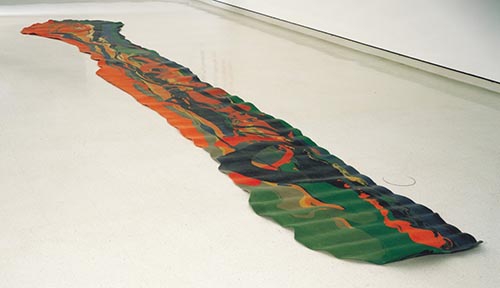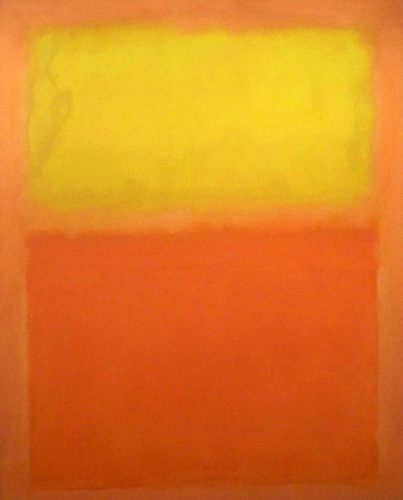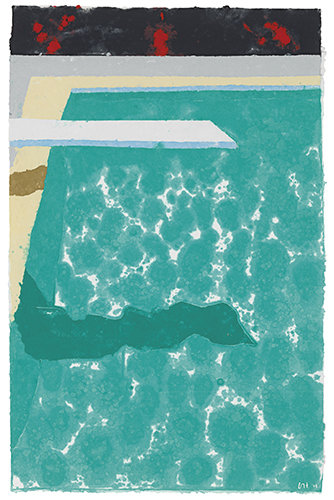
How to observe paintings – the role of the mediums used in art
ArtWizard 22.06.2020
The role of mediums in art is worth observing through the decades. Initially, the paint pigments consisted of earth colors and minerals, grounded by hand and mixed with oil or egg medium. The oil painting has been introduced by the Flemish painters that made them known to the painters in Italy around the 15ht century, and by thus superseded the traditional egg tempera paint used by the Italian painters, as the oil paints allowed to paint the objects on the supports used (either canvas, wood or other materials) in more depts and details.
The oil paints have been mostly made by hand by the artists, some of this process is depicted very well in books about famous Flemish painters, such as the one about Vermeer and his unique bright blue and yellow colors (The Milkmaid), but other artists used to buy them by professional colormen, stored in pig’s blades.
The invention of paints in metallic tubes was actually a revolution in the sense that it allowed the artists to do their artworks “en plain air”, that lead to the creation of the Impressionist art movement and subsequently to more.

Giovanna Garzoni, Still life with Bowl and Citrons, the 1640s, tempera on vellum
“Tempera on vellum” is the use of prepared animal skin as a support and the egg yolk as a binder for the colors applied on the skin. The fresh egg yolk sac was pierced and its gloomy content held the natural pigments that the paints were made of, together. The artists that were skilled in using tempera paints worked with the quick-drying paints on multiple, sequential layers form light shades to dark ones.
New, stable synthetic colors were developed during the 19th century, and for example, the French ultramarine overtook the natural color of lapis lazuli, that was very expensive due to the provenance of the intense color made out of a deep-blue metamorphic rock, used as a semi-precious stone for making paints. A great part of contemporary art and especially abstract art is based on the way the colors are used and placed.

Mark Rothko, Orange and Yellow, 1956, oil on canvas
Rothko used a unique technique including a complex layering of diluted paints. Light filters through these chromatic layers blur the edges of the colors. At a close up look the color melds and fuses, while observing the painting further away the distinctive band of the edges seems to hover and float in a trembling gaze of the spectator.

Jackson Pollock, Number 27, 1950, oil, enamel and aluminum paint on canvas
While performing a trans - like dance, Pollock made his art by dripping originally enamel house paints onto a big square of canvas laid on the ground. The paint dried to form a variety of shiny, crusty dimpled surfaces. The rhythmic spins and swirling chaotic blobs and splats morphed in moved in and out of his invented universe. Observing the painting of Pollock is made more understandable when knowing the technique, he used to paint and the type of paintings that made his unique style.
The use of light over colors is achieved by David Hockney using a unique technique. Hockney combined paper pulp and pigment to make the picture part by part thus forming a synthesis of form and content.

David Hockney, Green Pool with Diving Board and Shadow, b.1937, colored and pressed paper pulp
The fact that many collectors are familiar with his “pool paintings” help the fans of Hockney to dive deeper and interpret easily the wobbly diving-board shadow. The effect made in this painting of Hockney is achieved despite the naturally unwieldy and fuzzy quality of the paper pulp as material.
One of the most interesting art objects in terms of the medium used is the Fallen Painting of Lynda Benglis, 1968, pigmented latex

Lynda Benglis, Fallen Painting, 1968, pigmented latex
Benglis has an affinity for the use of difficult materials and is quite adept at corralling them into very interesting art objects. Due to the special mediums used – the pigmented latex, the painting of Lynda Benglis appears like a huge snail trail of color-muddled plasticine, its scale challenging the viewer with its unexpected shape and length, in fact defying the traditional form and appearance of a painting.
The use of the different medium is changing the art dramatically especially in the movements of modern and contemporary art, as we see how the shape and form of the art objects change depending on the medium used and affects the way the art objects are perceived by the art viewers.
In the next article we will discuss the importance of the composition in an art object.
